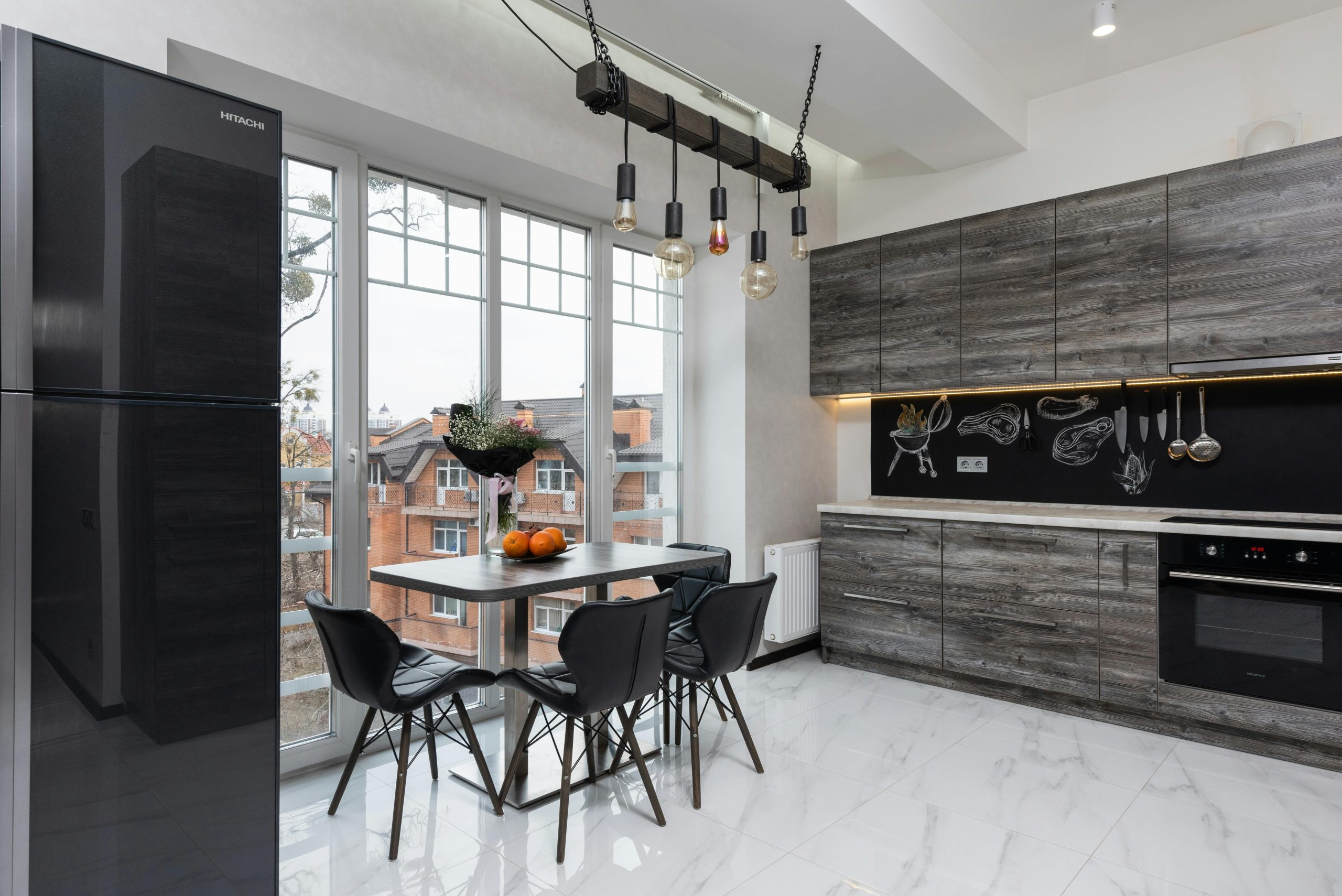Exploring the Phenomenon of Ghost Kitchens in Urban Real Estate
The rise of ghost kitchens is quickly becoming a hot topic in the world of urban real estate. These kitchens, also known as virtual or cloud kitchens, have been popping up in cities around the globe, creating a stir among those in the food industry. With the demand for delivery and takeout options on the rise, it’s no surprise that these unassuming kitchens are taking the real estate world by storm. Let’s explore the phenomenon of ghost kitchens in urban real estate and uncover why they are growing in popularity and what it means for the future of the food industry.
What are Ghost Kitchens?
Before we dive into the urban real estate aspect, it’s important to understand what exactly ghost kitchens are. In simple terms, a ghost kitchen is a commercial kitchen space that is used solely for the preparation of delivery and takeout orders. These kitchens do not have a physical dining space or storefront, which is where the term “ghost” comes from. These kitchens operate solely through online platforms, such as food delivery apps and their own websites, making them virtually invisible to the general public.
The Rise of Online Food Delivery
The concept of ghost kitchens stemmed from the growing demand for food delivery options. With busy schedules and the convenience of technology, consumers are turning to online food delivery services more than ever before. According to a report by McKinsey, the global food delivery market is estimated to reach $365 billion by 2030, with the largest share coming from restaurant-to-consumer deliveries. This trend has not gone unnoticed by those in the food industry, leading to the creation of ghost kitchens as a way to meet the demand for delivery and takeout without the overhead costs of a traditional brick-and-mortar restaurant.
The Appeal of Ghost Kitchens for Urban Real Estate
Ghost kitchens are becoming increasingly popular in urban areas for a variety of reasons. First and foremost, the cost of real estate in cities can be a major barrier for small businesses and restaurants. With ghost kitchens, there is no need to invest in a physical storefront, allowing for a more affordable and accessible option for entrepreneurs. Additionally, urban areas tend to have high population density, meaning a larger customer base for delivery and takeout options.
Utilizing Underutilized Spaces
Another reason ghost kitchens are gaining traction in urban real estate is the ability to utilize underutilized spaces. These can include abandoned retail spaces, unused industrial kitchens, or even parking lots. By repurposing these spaces, ghost kitchens are not only filling a demand in the food industry but also promoting the revitalization of urban areas.
The Impact of Ghost Kitchens on Urban Real Estate
The emergence of ghost kitchens has raised questions about the impact it will have on the real estate market. While some may see it as a threat to traditional restaurants and retail spaces, others see it as an opportunity for growth and innovation. Ghost kitchens may provide a lower barrier of entry for entrepreneurs looking to break into the food industry, leading to a more diverse and competitive market. Additionally, the use of underutilized spaces can revitalize urban areas and lead to lower vacancy rates.
The Future of Ghost Kitchens in Urban Real Estate
As the popularity of ghost kitchens continues to grow, we can expect to see even more innovative uses of urban real estate. Some predict that ghost kitchens and traditional sit-down restaurants will start to collaborate, offering both dine-in and delivery options for customers. The possibilities for expansion and partnership are endless, and it will be exciting to see how the market evolves in the future.
In Conclusion
The phenomenon of ghost kitchens in urban real estate is a prime example of how the food industry is constantly evolving to meet the changing demands of consumers. With their low overhead costs and ability to utilize underutilized spaces, ghost kitchens are quickly becoming a popular and cost-effective option for entrepreneurs in the food industry. As we continue to see the rise of online food delivery and the revitalization of urban areas, it’s safe to say that ghost kitchens are here to stay.











